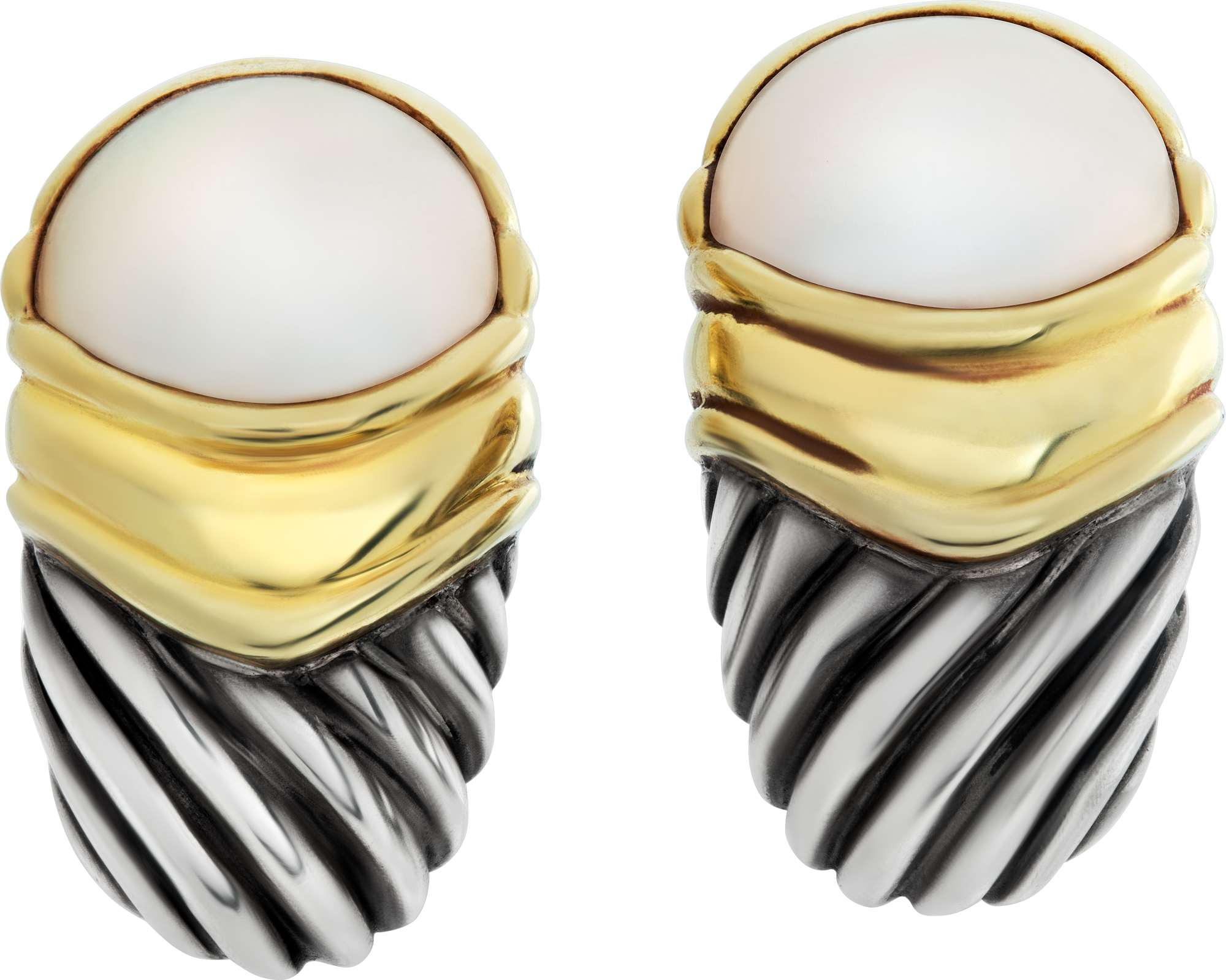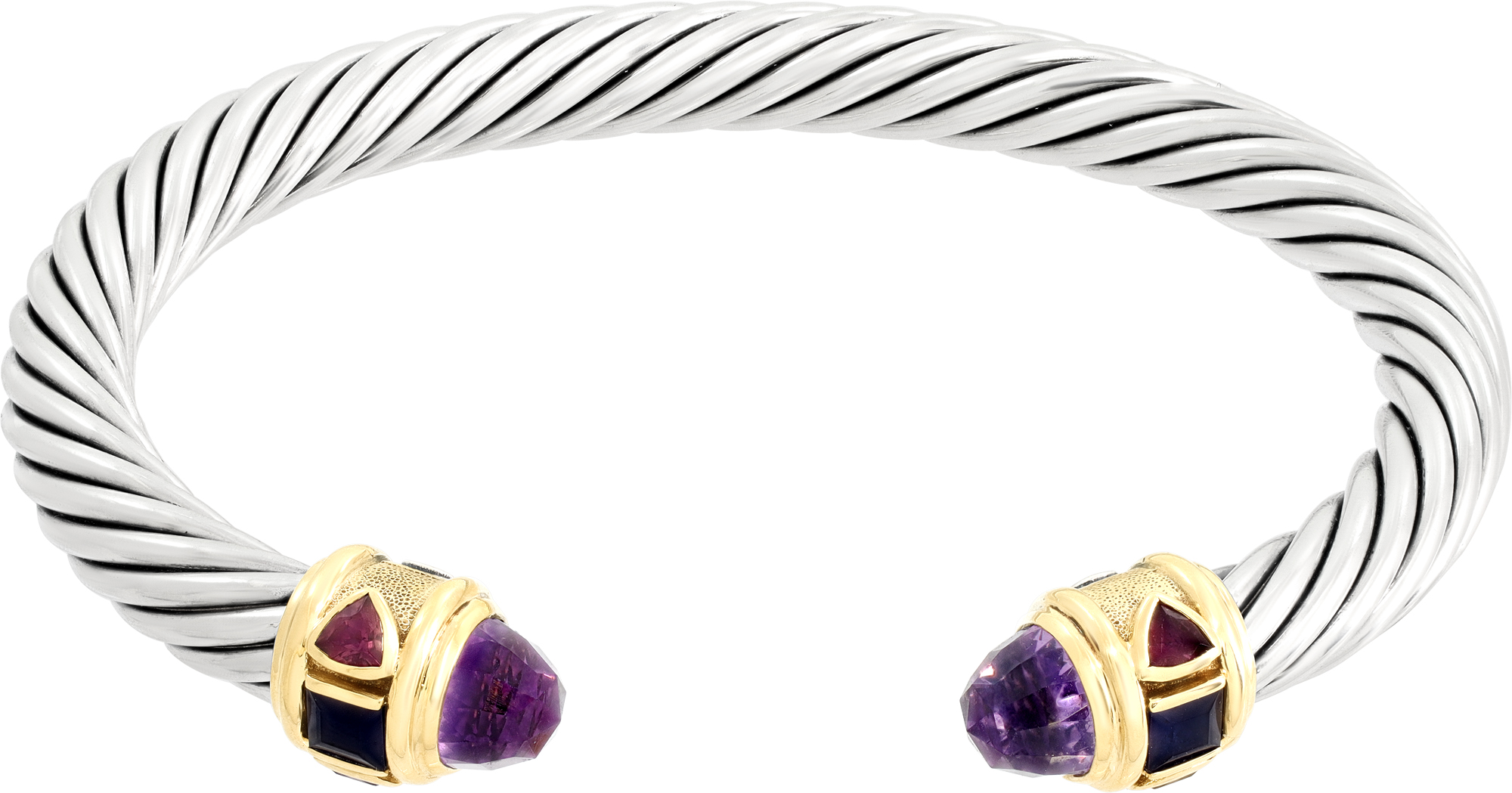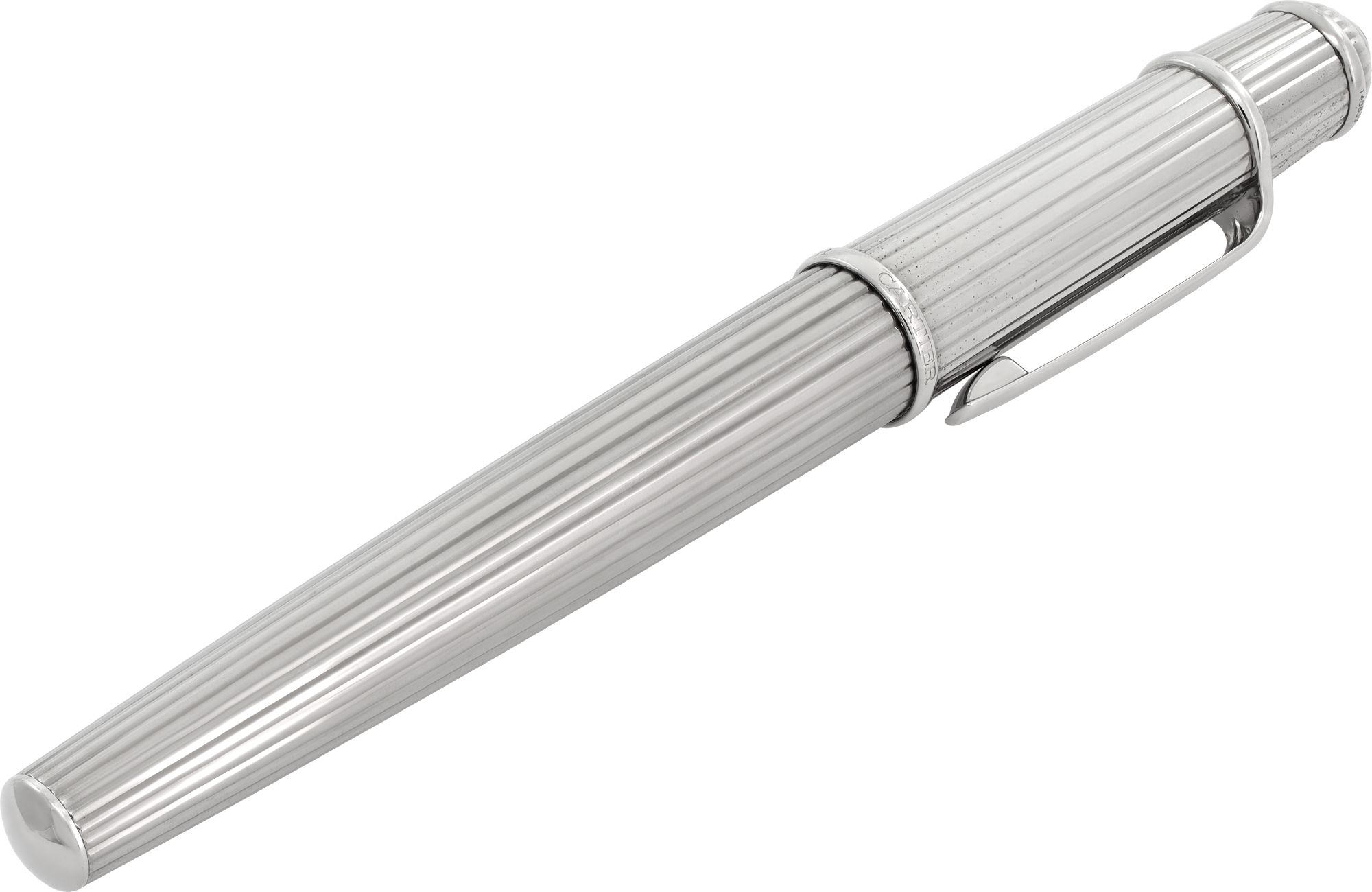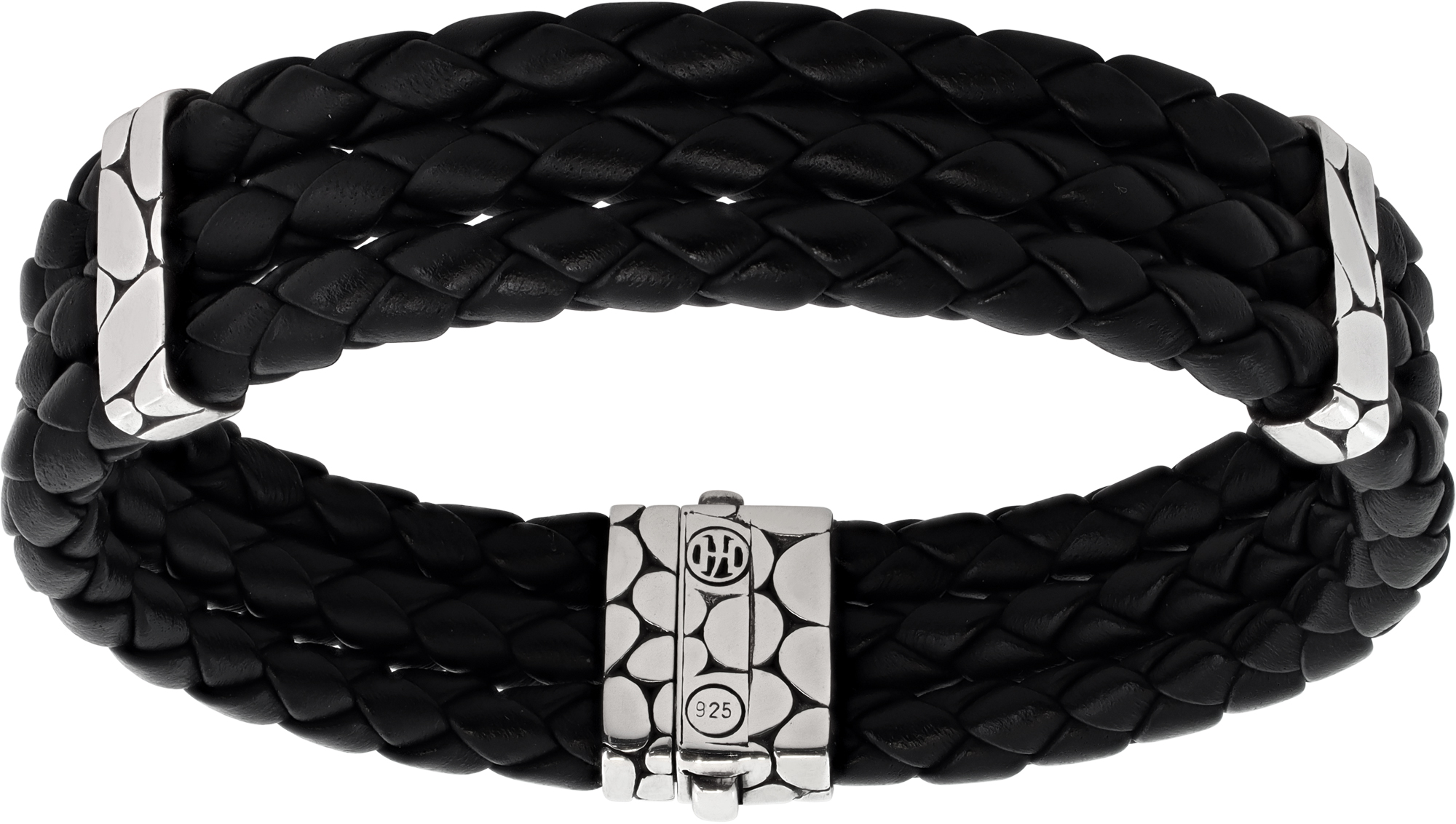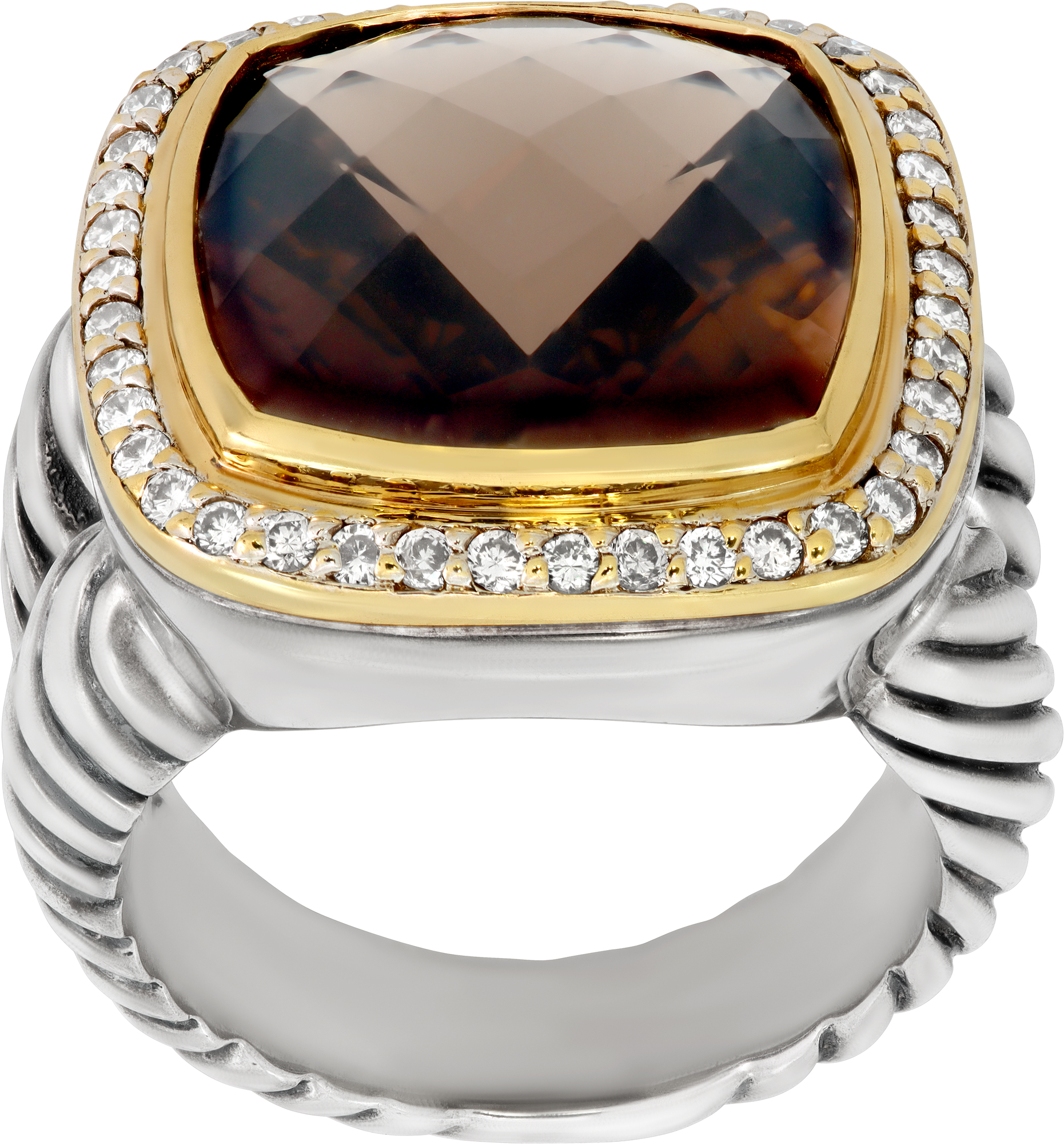
November 3rd, 2025
Geography Matters: Sterling Silver Maker's Marks Value
When examining sterling silver maker marks, geography plays a crucial role in determining value across American silver pieces. The location where a piece was crafted, the regional silversmith traditions, and local historical significance all contribute to substantial price variations in today's market. Understanding these geographical nuances is essential for anyone considering selling their sterling silver collection or seeking proper antique silver evaluation.
Regional manufacturing centers throughout American history created distinct styles, quality standards, and market recognition that continue to influence values today. From the prestigious workshops of New York and Boston to the distinctive southwestern silver traditions, each region developed unique characteristics that collectors and buyers recognize instantly.
Modern luxury silver pieces like the Albion ring David Yurman collection demonstrate how contemporary regional craftsmanship continues to command premium prices. When you're ready to sell David Yurman jewelry, understanding these geographical value factors becomes essential for maximizing your return.
The Northeast Advantage: New York and Boston Silver Premiums
New York City emerged as America's premier silver manufacturing hub during the 18th and 19th centuries, with makers like Tiffany & Co., Gorham, and Reed & Barton establishing international reputations. Silver pieces bearing New York maker's marks consistently command higher prices due to the city's association with luxury craftsmanship and sophisticated design. The concentration of wealthy clientele and competitive workshop environment pushed artisans to create exceptional quality pieces.
Boston's silver tradition, anchored by legendary names like Paul Revere, created another premium market segment. Boston-marked pieces often feature distinctive colonial and federal period styling that appeals strongly to collectors and historical institutions. The city's role in American history adds provenance value that transcends pure craftsmanship considerations.
For collectors in areas like Boca Raton or Miami, understanding these regional premiums helps in evaluating inherited silver collections. Whether you're looking to sell David Yurman earrings or antique flatware, geographical origins significantly impact final valuations.
Southern Silver: Distinctive Styles and Historical Significance
The American South developed its own silver traditions, with centers in Charleston, New Orleans, and Baltimore creating distinctive regional styles. Southern silver often reflects French and Spanish colonial influences, particularly in Louisiana and Florida pieces. These regional characteristics create unique market niches that can command premium prices from specialized collectors.
Charleston silver makers like William Carrington and John Ewan created pieces that blend English traditions with local preferences, resulting in distinctive forms and decorative elements. New Orleans silver incorporates French colonial aesthetics, while Baltimore became known for exceptional quality that rivaled Northern workshops. Each city's unique cultural blend is reflected in their silver production.
Modern luxury pieces continue this tradition of regional excellence. When you sell David Yurman bracelets or other contemporary silver jewelry, understanding how geographical heritage influences current market values ensures you receive fair compensation for these investment pieces.
Western and Southwestern Sterling: Native American Influences
The American Southwest created an entirely different silver tradition through Native American artisans, particularly Navajo, Hopi, and Pueblo craftspeople. These pieces often command premium prices due to their cultural significance, distinctive turquoise and silver combinations, and the increasing recognition of Native American artistry in the luxury market. The geographical origin adds authenticity and historical context that collectors value highly.
Western silver traditions also include Mexican influences along the border regions, creating unique hybrid styles that reflect cross-cultural exchange. Towns like Santa Fe and Taos became centers for distinctive silver work that incorporated both Native American and Hispanic traditions. These regional variations create specialized collecting categories with dedicated followings.
For those in markets like Fort Myers or West Palm Beach, understanding how southwestern silver differs from eastern traditions helps in properly evaluating diverse collections. The geographical provenance often determines whether a piece appeals to regional collectors or commands national attention.
Midwestern Manufacturing Centers: Quality and Volume
Chicago, Detroit, and other Midwestern cities became major silver manufacturing centers during America's industrial expansion. These locations often focused on mass production techniques while maintaining quality standards, creating affordable luxury pieces that reached broader markets. The geographical advantage of central location and transportation networks allowed Midwestern makers to serve national markets efficiently.
Companies like International Silver Company and Rogers Brothers established extensive distribution networks from Midwestern bases, making their maker's marks among the most recognizable nationally. While these pieces may not command the same premiums as rare New York or Boston silver, they represent solid value in the secondary market due to their quality construction and widespread recognition.
Understanding these regional manufacturing differences helps when you're ready to sell sterling silver flatware or other pieces. Even modern luxury items like Cartier silver accessories benefit from understanding how geographical manufacturing heritage influences current market perceptions.
Authentication Challenges Across Regions
Sterling silver authentication becomes more complex when dealing with regional variations, as different areas developed unique marking systems, quality standards, and manufacturing techniques. New York pieces might feature elaborate maker's marks with dates and quality indicators, while frontier silver often used simpler markings due to limited resources and different market expectations.
Regional authentication requires understanding local silversmithing traditions, typical design elements, and historical manufacturing practices. A piece marked in Santa Fe carries different authentication requirements than one from Philadelphia, as the cultural contexts and available materials shaped distinct regional characteristics. Professional evaluation must consider these geographical factors to provide accurate assessments.
The authentication process also involves understanding how regional economic conditions affected silver production. Prosperous areas like New York could afford higher silver content and elaborate finishing, while frontier regions might use slightly different alloy compositions or simpler construction techniques while still meeting sterling standards.
For anyone looking to sell sterling silver flatware or other pieces, professional authentication that considers regional variations ensures accurate valuations. Our expertise in regional maker's marks helps identify the geographical origins that significantly impact market value.
Market Demand Variations by Geography
Different regions of the country show varying demand patterns for specific types of sterling silver, creating geographical price variations that savvy sellers can leverage. Southern markets often show strong demand for pieces with local historical significance, while Western collectors may prioritize Native American-influenced pieces. Understanding these regional preferences helps optimize selling strategies.
Coastal markets like Miami and Bal Harbour typically show sophisticated demand for high-end pieces with prestigious maker's marks, while inland markets might prioritize functionality and condition over pure prestige. These demand variations create opportunities for sellers who understand how to match pieces with appropriate market segments.
Regional collecting traditions also influence demand patterns. Areas with strong historical societies and museums often show higher demand for locally-made pieces, while fashion-conscious markets prioritize contemporary designer silver like John Hardy pieces that combine traditional techniques with modern aesthetics.
Maximizing Value Through Geographical Knowledge
Understanding how geography affects sterling silver values allows sellers to make informed decisions about timing, pricing, and market positioning. Pieces with prestigious regional origins deserve premium positioning, while others might benefit from emphasizing quality, condition, or historical significance over geographical provenance. Knowledge of regional market preferences guides effective selling strategies.
The key to maximizing value lies in understanding both the geographical origins of your pieces and the regional preferences of potential buyers. A comprehensive evaluation considers maker's marks, regional manufacturing traditions, historical significance, and current market demand patterns across different geographical markets.
When you're ready to unlock the value in your sterling silver collection, our expertise in regional variations and market patterns ensures you receive fair compensation. We understand how geographical factors influence value and can identify the regional characteristics that impact your pieces' market position.
Contact us today for a professional evaluation that considers all geographical factors affecting your sterling silver's value. Our sterling silver quote process examines regional maker's marks, manufacturing origins, and market demand patterns to provide accurate valuations. Whether your collection includes antique regional pieces or contemporary designer silver, we'll help you understand how geography creates value differences across America.
About Us | Sell Us Your Jewelry
Call Us Now: 305 770 6955
The Purchasing and Consignment Division of Gray & Sons

Be the first to know | SEE OUR CATALOG

